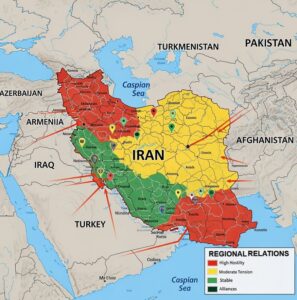
Turning the Tables: How Israel could exploit its own proxies to fight Iran
For years, Iran has relied on proxies to wage a multi‑front war against Israel. Who says Israel can’t use similar methods against Iran?

For years, Iran has relied on proxies to wage a multi‑front war against Israel. Who says Israel can’t use similar methods against Iran?

Russian tanks suffered catastrophic losses to portable anti‑tank weapons and drones.
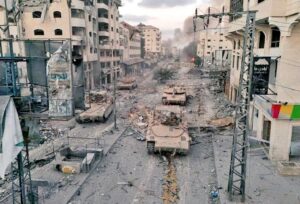
To adapt, the IDF invests heavily in innovation.
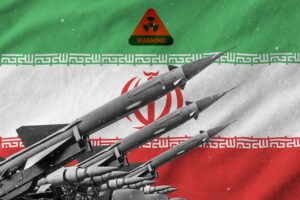
Iranian officials say they hope to fire 2,000 missiles at once to overwhelm Israeli defenses, not 500 over 12 days.
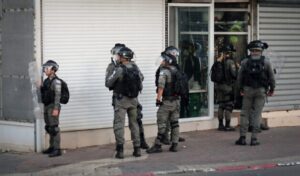
‘The IDF is designed to fight wars beyond Israel’s borders. What we saw on October 7th was a collapse of internal defense.’

Don’t fix what isn’t broken.

The move mirrors Iran’s strategy in Yemen, where it backs the Houthi rebels with weapons and training.

Israel and Turkey both possess formidable military forces, but they differ significantly in size, structure, and strategic orientation.

American excuses for Hamas aggression only embolden it to make further violations. By Hezy Laing U.S. Vice President JD Vance visited Israel this week in

By Hezy Laing Israeli security officials have expressed growing concern that terror groups in Judea and Samaria may be planning attacks reminiscent of the October

By Hezy Laing Military experts are increasingly warning that only a resumption of war will compel Hamas to comply with the terms of the 2025
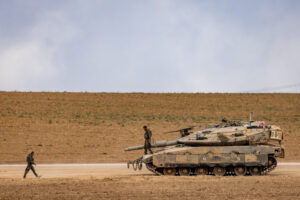
Prime Minister Benjamin Netanyahu recently warned the Hamas that ‘all hell will break loose’ if it violates agreement.

Flotillas like the Global Sumud, backed by Hamas-linked networks, are designed to portray Israel as a pariah state.

Israel’s challenge lies in countering this alliance without triggering direct conflict.

What are they preparing for?

Military officials describe this intelligence windfall as a turning point.
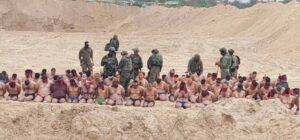
Hamas fighters have reportedly not been paid for months.

In order to defeat Hamas and ensure another Oct. 7th massacre never occurs the city must be taken.

AI tools pinpointed the location of the Hamas Jabaliya Battalion commander leading to an airstrike that killed him and 50 terrorists.

Iran, seeking to expand its influence and encircle Israel, may exploit Jordan’s vulnerabilities.